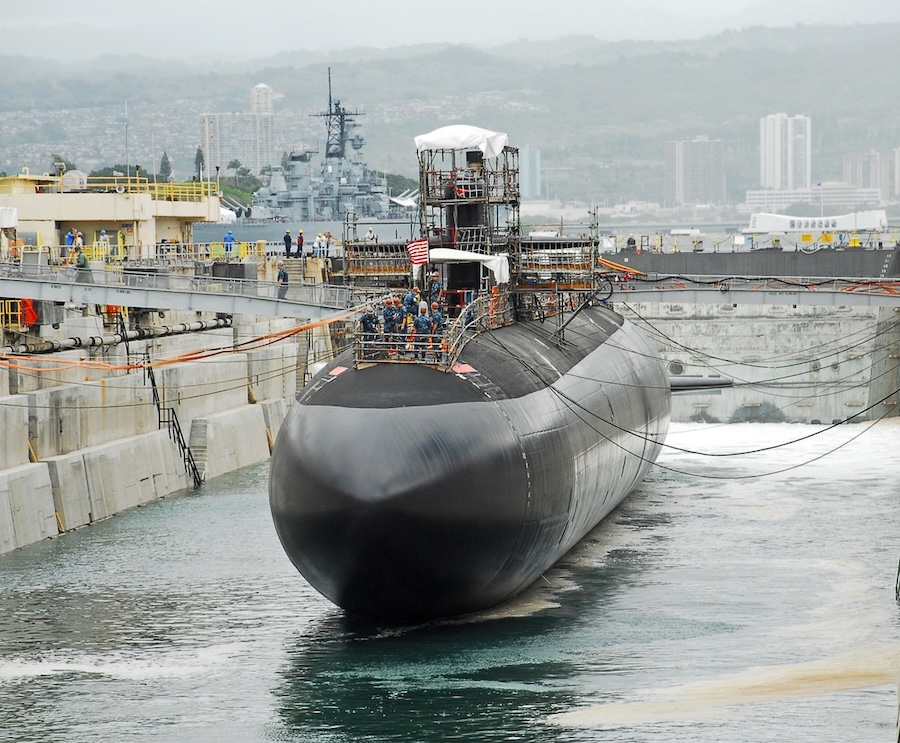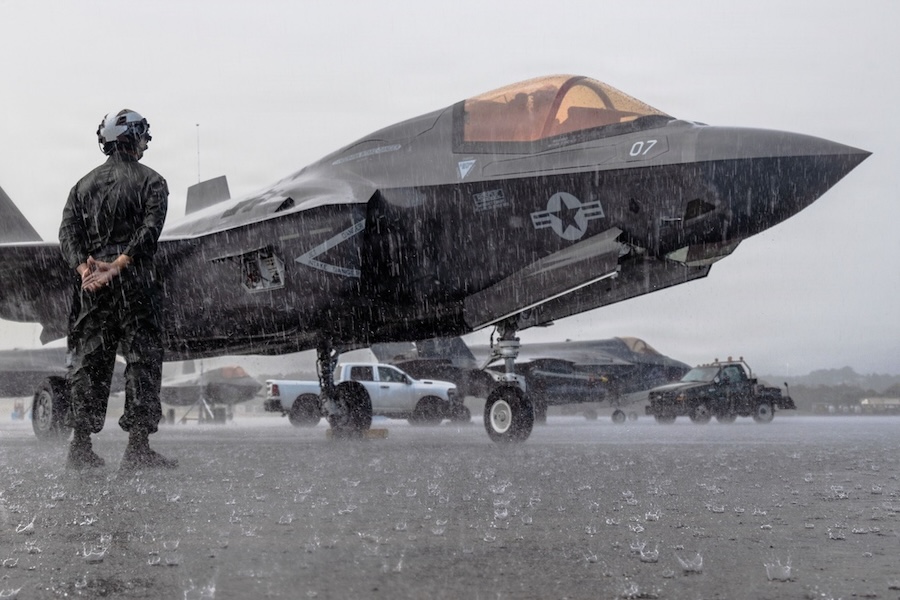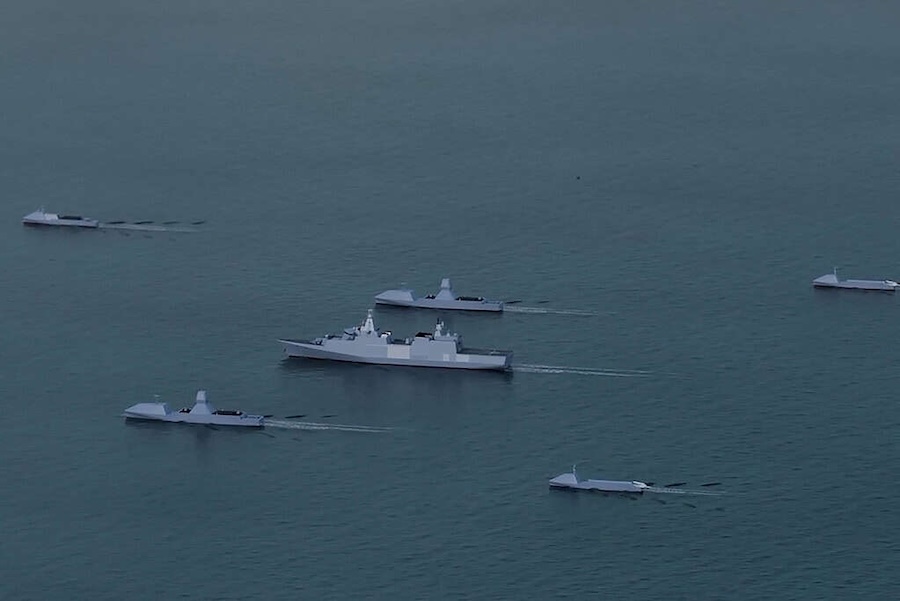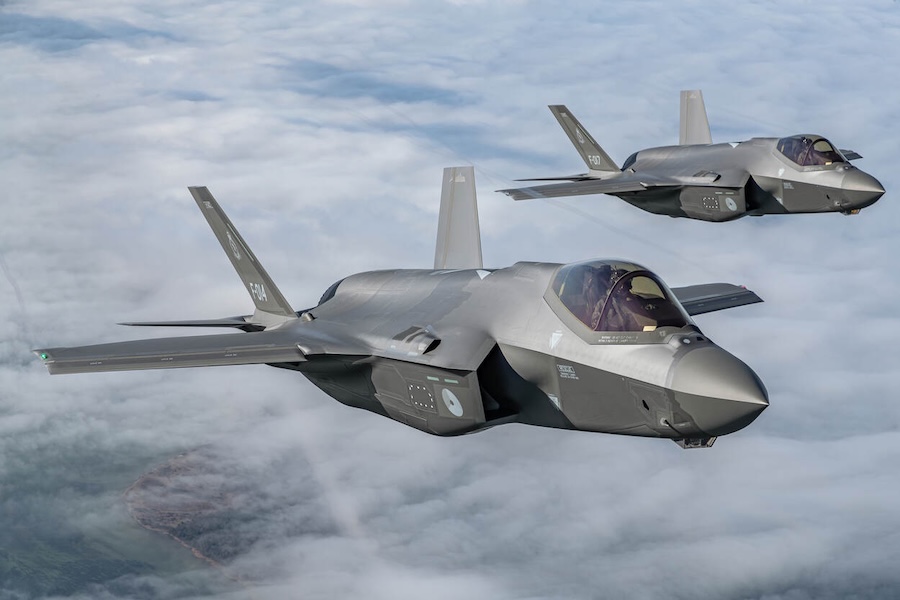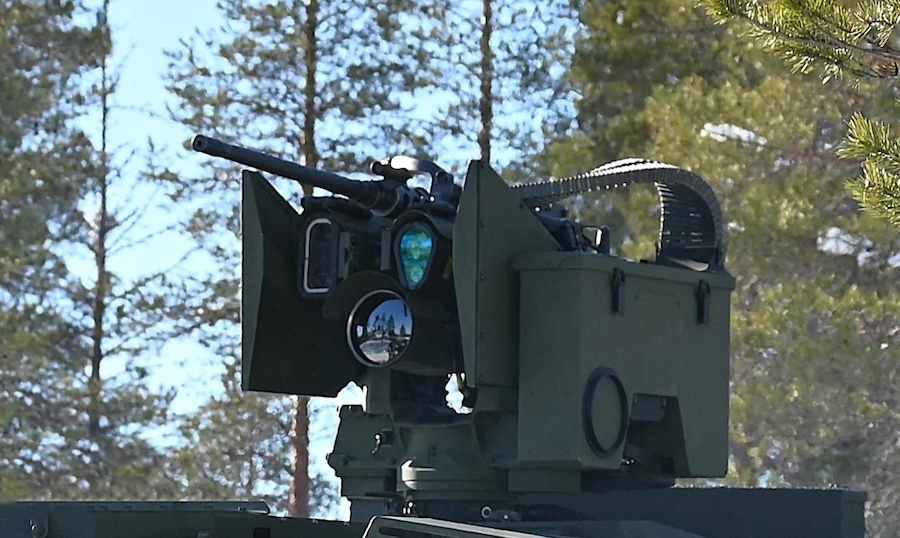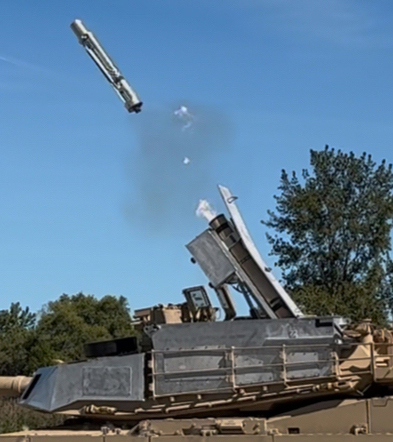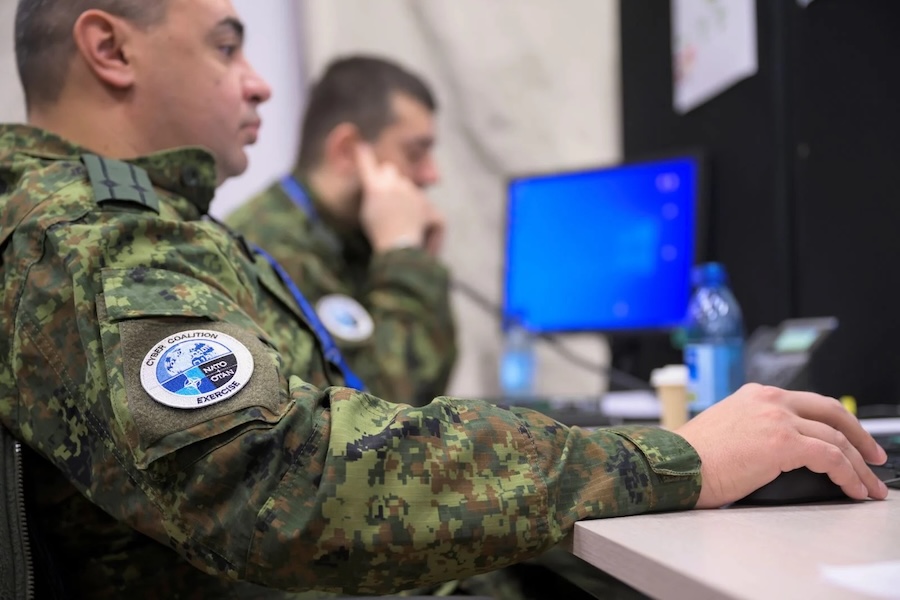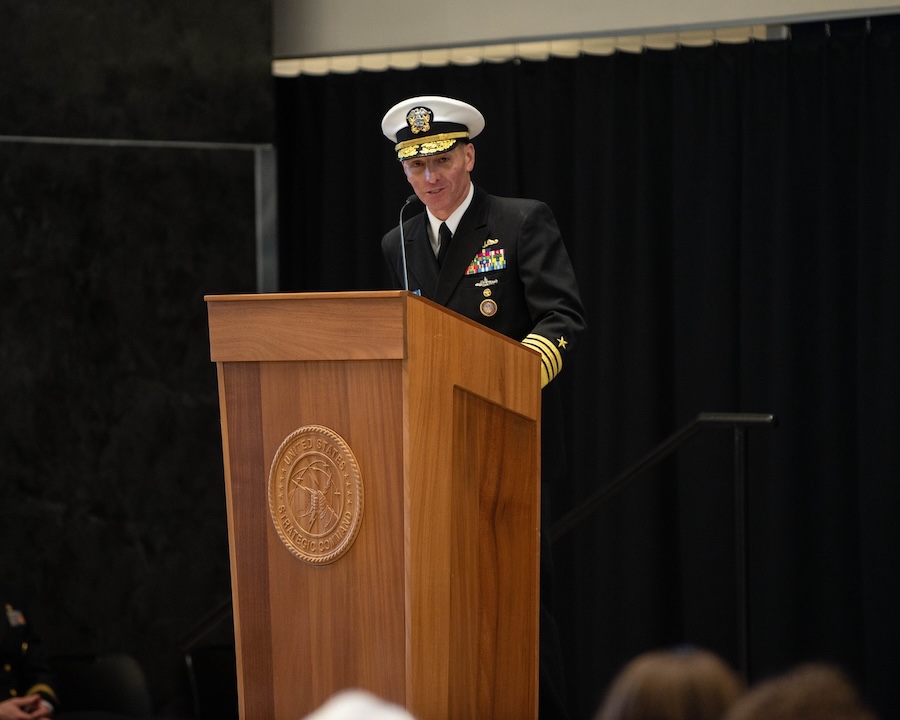Raytheon will provide a comprehensive package including engineering services, training, ship installation, integration, testing, and software upgrades to enhance radar capabilities. The deal also includes plans to upgrade existing Flight IIA destroyers with the SPY-6(V)4 variant, significantly boosting their defence capacities.
“SPY-6 is the most advanced radar in the U.S. naval fleet, providing ships a new level of defense against evolving threats,” said Barbara Borgonovi, president of Naval Power at Raytheon. “This contract highlights the essential role of this technology in supporting the U.S. Navy’s technology roadmap for several decades to come.”
Currently, SPY-6 radar systems are installed on two newly commissioned U.S. Navy ships. Three more ships are scheduled to receive the system in 2025 and are undergoing various stages of installation and testing.
Over the next decade, the SPY-6 family of radars is expected to be deployed on more than 60 U.S. Navy vessels. The system provides enhanced detection and tracking against air, surface, and ballistic missile threats, significantly increasing the defensive range and resilience of naval platforms.
For Germany, the radars will be delivered under the Foreign Military Sales (FMS) programme and installed on the F127 next-generation air defence frigates, developed in partnership with Norway. The ships are currently in the design phase, with Berlin allocating €44.5 million in December 2024 for the complementary AEGIS combat system.
The AN/SPY-6(V) family consists of four scalable variants, all operating in the E/F frequency band (2–4 GHz). Its core component, the Radar Modular Assembly (RMA), is a 61 x 61 x 61 cm unit composed of 144 gallium nitride (GaN) transmit/receive modules.
Each RMA functions as a self-contained radar station and can be combined into larger arrays to meet specific platform requirements. This modular architecture simplifies maintenance, allowing damaged units to be replaced individually without disabling the entire system.
Completion of the contract is scheduled for May 2026, though clauses included in the agreement could extend the total value to $2.8 billion and the execution timeline to May 2030.











